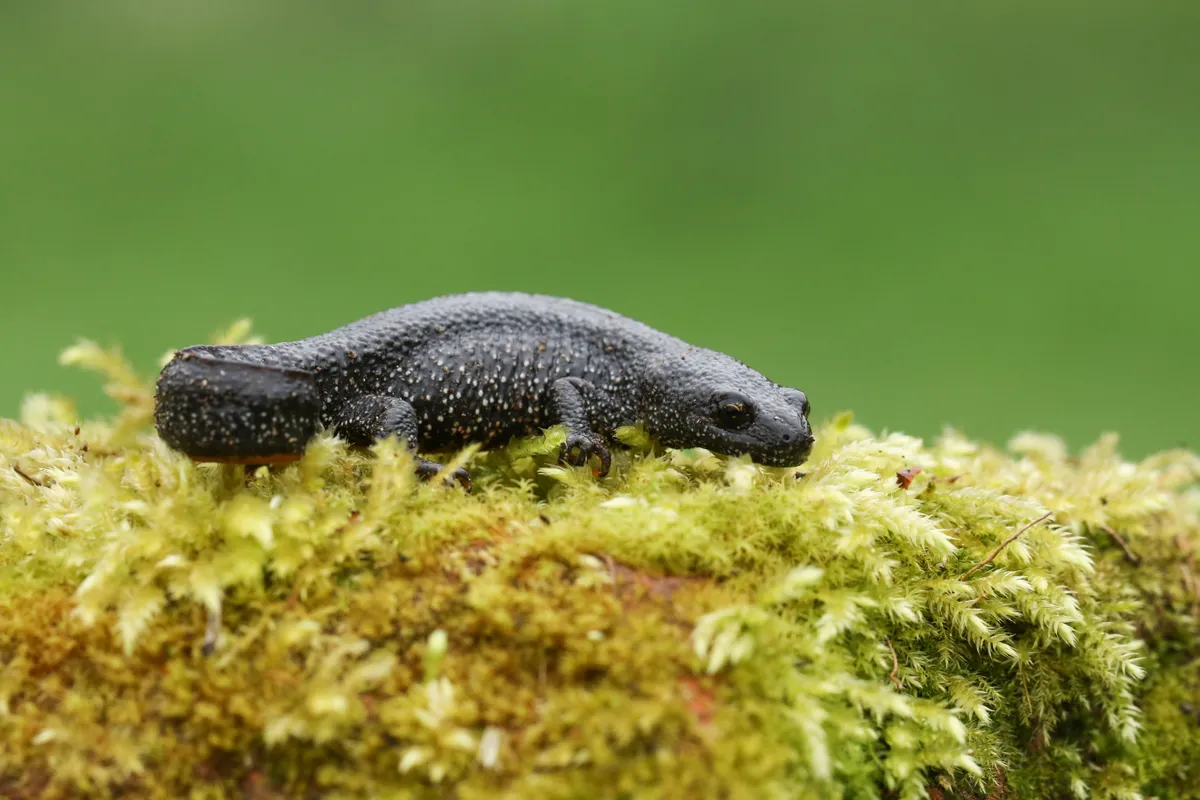Sniffer dogs can detect drugs, explosives, escaped prisoners and, it turns out, great crested newts.
New research published in PLOS ONE shows that a springer spaniel named Freya is able to detect the amphibians buried in the soil with nearly 90 per cent accuracy.

Freya’s owner and collaborator is Nikki Glover, an ecologist at the University of Salford, who came up with the idea in 2014 while working on a reptile relocation project at a housing development.
“There was time pressure to find all these reptiles,” she says. “Then I came across an article about using dogs to find bat carcasses under wind turbines, so I got a puppy and went from there. Freya turned out to be amazing.”
Glover is hopeful that the technique will shed new light on the biology of great crested newts.
“We know a lot about them aquatically, but we don’t have much of a clue about what they do terrestrially,” she says. “This is a lovely non-invasive way to study that.”
Please note external videos may contain ads:
She is now consulting with biologists in Australia about detecting baw baw frogs, a Critically Endangered species that spends much of its life underground. “The possibilities of this method are endless,” she says.
Main image: Springer spaniel Freya has been trained to sniff out endangered great crested newts © Nick Upton for Wessex Water